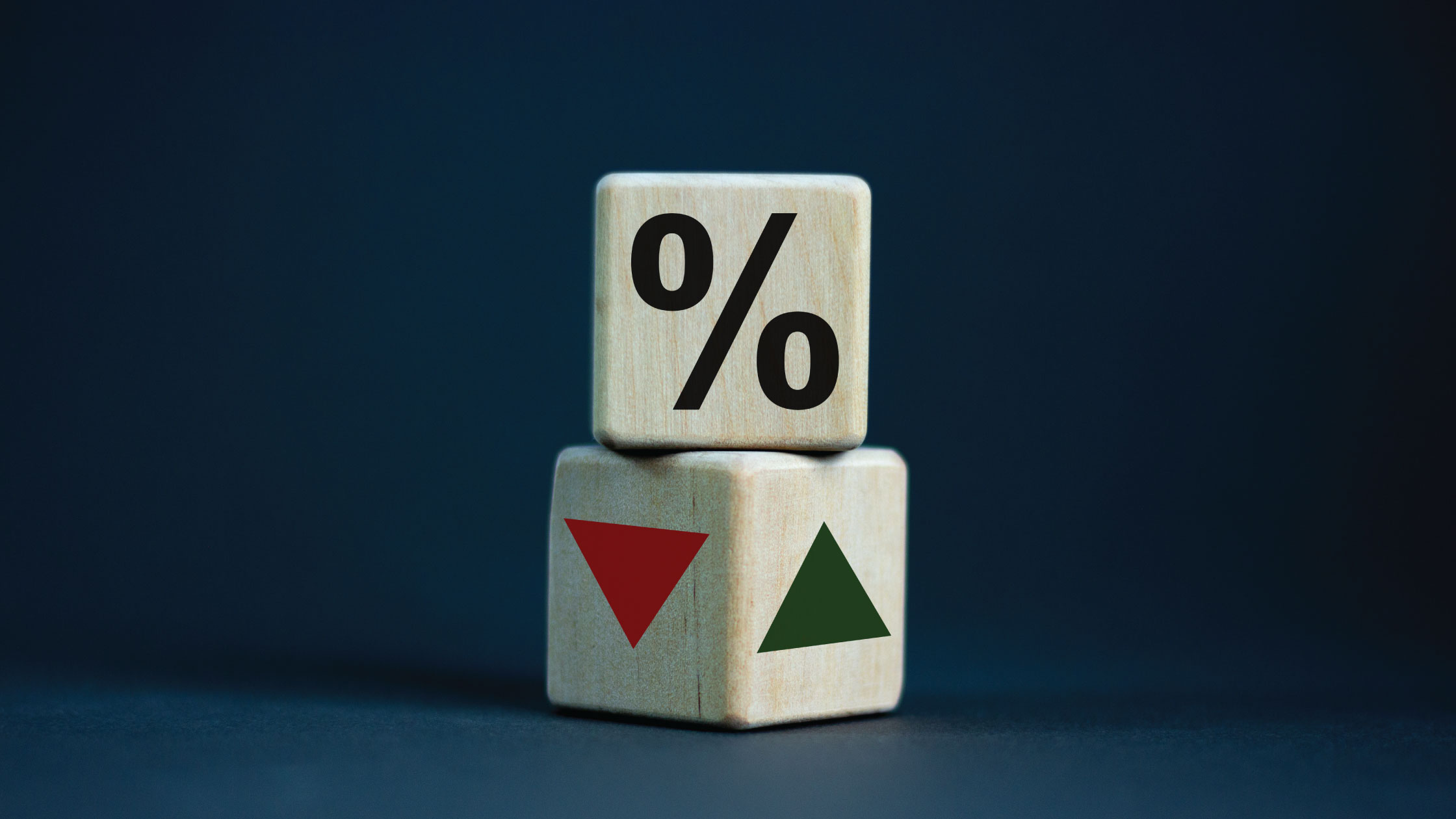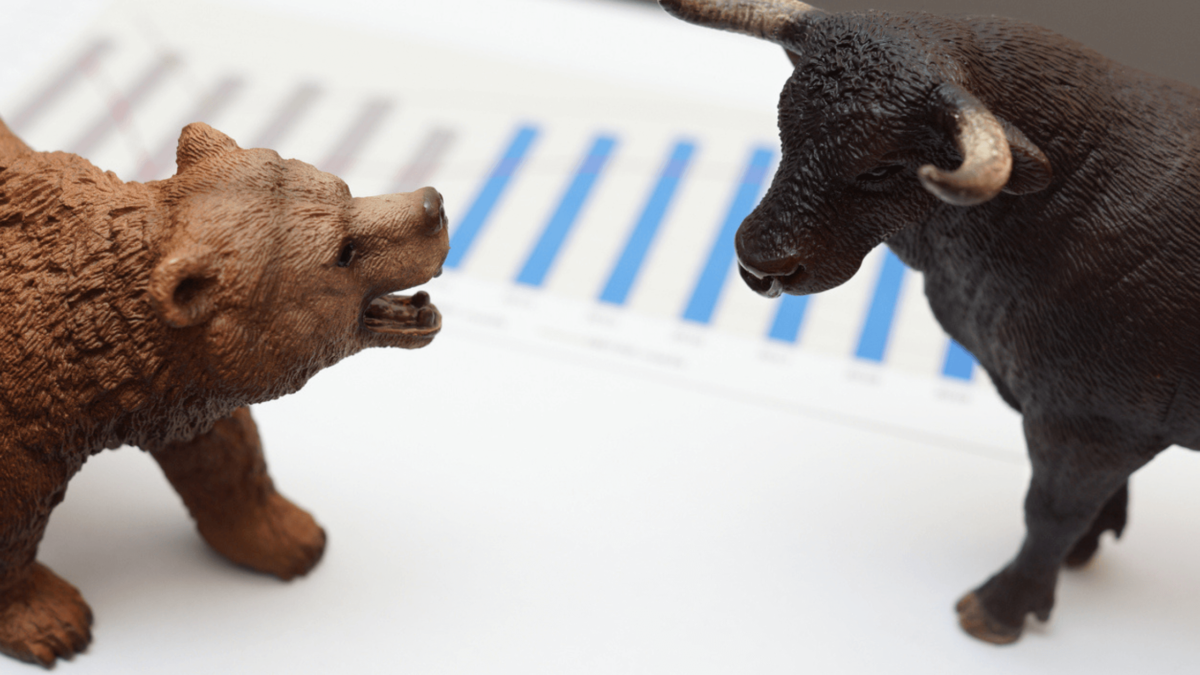Interest Rate Anxiety? Don’t Fret on the Fed. Here’s Why
June 25, 2021

Shall we just cut through the noise of interest rates and the Federal Reserve (Fed)? It’s actually not that big of a deal.
The commentaries and reporting around the Fed shift have dramatised what should have been a reasonably anticipated move. And a lot of the daily coverage can be contradictory. Don’t overthink this.
Given the rapid rise in US inflation – and the growing expressions of concerns from senior Fed officials – the shift by the Fed’s Federal Open Market Committee (FOMC) on rate hikes should not have been surprising.
More than a month ago, Eurodollar futures were already pricing in an 80% probability of a 25-basis point rate hike by end-2022 and 100% odds by April 2023.
What the FOMC members did last week was to shift the mid-point of their projected appropriate target range for the Fed Funds Rate from 0.1% by end-2023 (as published after its March meeting) to 0.6%.
That is, the median of the range of opinions is now for two 25-basis point hikes in 2023 (whereas the March FOMC, the midpoint of 0.1% suggested no rate hikes in 2023).
The shift in June was much the same as signalled by Eurodollar futures a month ago. That is, if you were expecting a rate hike by April 2023, chances are you would not expect the Fed to stop at one hike.
So, Eurodollar futures were effectively telling us a month earlier that it was likely we would see two 25-basis point hikes by end-2023.
Stocks will get over this
A correction in US equities was logical, particularly given they were technically overbought anyway. We saw a bit of that last week, and that could continue a bit longer.
But we don’t think this shift in the FOMC members’ thinking is enough to trigger anything more than a technical correction.
As long as US economic and earnings growth continues as expected, stocks should hold up.
When does it become risky for stocks?
Risk will always rise when interest rate expectations go up. It’s “Valuation 101” – asset valuations are inverse to the discount rate, which is linked to interest rates.
But rates haven’t gone up yet. All we have at this stage are some members of the FOMC signalling their preference for rate hikes earlier than previously indicated.
Watch the equities earnings yield compared to the 10-year US Treasury (UST) yield. In the US, the earnings yield is around 4.7% for the S&P 500 Index versus 1.6% for the 10-year UST yield.
There’s still a sizeable gap to absorb rises in the 10-year UST yield before higher rates and yields choke off economic and earnings growth.
Bonds more at risk
The initial reactions to the Fed’s forecasts saw equities correct and bonds trade sideways. But the risks are actually greater in bonds than in stocks.
The 10-year UST yield is mean reverting from a historical low, from March of last year. And at its current 1.5%, it is still a long way from its 10-year mean of 2.1% and its 10-year cycle tops of around 3.0-3.2%.
And the BBB credit spread over the 10-year UST yield is at its tightest in some 23 years. High yield spreads are averaging their tightest in 14 years.
What this simply means is the risk of further spread tightening is way lower than the risk of spread widening, which could destroy mark-to-market prices.
US Dollar trending down longer term
The US Dollar Index (DXY) was already in a rebound from late May, and the Fed shift gave it a boost on the way up. Given its 10% decline from its 2020 high, further gains can’t be ruled out.
But longer term, if the Fed suppresses the 10-year UST yield, allowing inflation yet higher in pursuit of full employment, the real yield on the 10-year UST will erode.
This will potentially damage its appeal vis-à-vis other currencies, particularly if other central banks let their government bond yields rise.
Commodities should see further gains
There has been a supply shift/decline in the mining industry as a result of the decline in investments from 2012 to 2016.
Meanwhile, the infrastructure spending in China and plans for the same in the US have delivered a demand side shock.
As a result, we are now likely to be at the early stages of a new commodities upward cycle. Copper and nickel are also benefitting from their usage in the transition to clean energy.
Iron ore has seen inventory building over many months. And China’s crackdown on “speculation” in commodities could see further near-term correction.
But a rebound is likely if infrastructure development plans in the US and China proceed as planned.
For crude oil, production cuts have seen the balance go from oversupply in 2019 and early 2020 to slight undersupply by late 2020.
Provided continued OPEC production discipline and gradual reopening of economies, crude oil should see yet higher prices.
The slight shift in the Fed’s rates outlook is unlikely to have much impact on commodities, provided actual rate and yield rises do not choke off economic recovery.
Say Boon Lim
Say Boon Lim is CGS-CIMB's Melbourne-based Chief Investment Strategist. Over his 40-year career, he has worked in financial media, and banking and finance. Among other things, he has served as Chief Investment Officer for DBS Bank and Chief Investment Strategist for Standard Chartered Bank.
Say Boon has two passions - markets and martial arts. He has trained in Wing Chun Kung Fu and holds black belts in Shitoryu Karate and Shukokai Karate. Oh, and he loves a beer!





